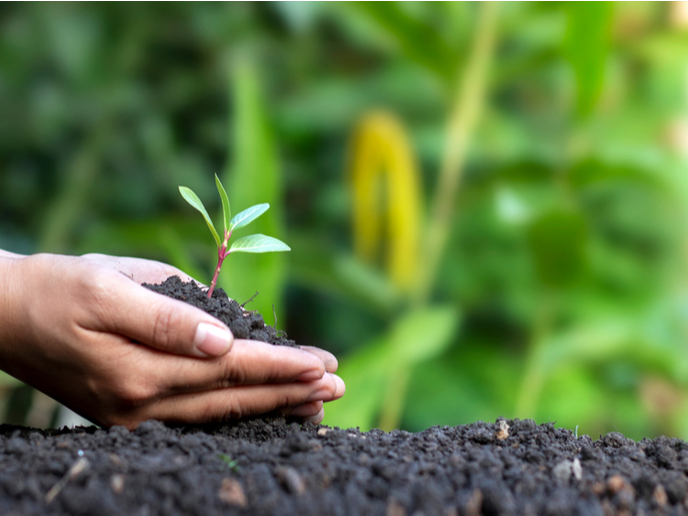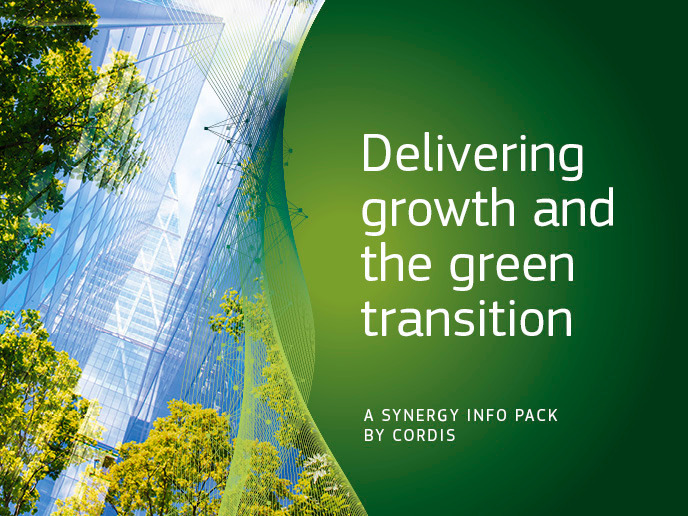Northern mineral soils losing fertility to global warming
High-altitude soil in countries like Iceland is warming up so much due to climate change that there is a risk of poorer food production in those regions. They may also become ‘hotspots’ for carbon dioxide (CO2) emissions, a new EU study shows. Farmers may be among the first hit by deteriorating soil quality since it will reduce the productivity of harvests and the quality of crops. Sara Marañón-Jiménez, lead researcher on the StoiCa’s project, hopes evidence will provide further proof of the consequences of climate change: “It is urgent that governments impose climate actions and more ambitious plans for greenhouse gas cuts.” The StoiCa project, carried out with the support of the Marie Skłodowska-Curie programme, found nitrogen (N) is being lost from soil in response to warmer temperatures, meaning plants will be able to draw fewer nutrients from it. “This implies that the northern mineral soils may be able to hold less vegetation,” says Sara Marañón-Jiménez, the research fellow who carried out the study at the Centre for Ecological Research and Forestry Applications, CREAF(opens in new window) in Barcelona, Spain. “Food quality and production may be compromised in those soils.” Since plants are the main source of carbon (C) for the soil, less atmospheric CO2 will flow into the soil in the form of organic C through photosynthesis. The N loss from the soil could lead to an impaired and irreversible capacity of the soil to sequester C, and CO2 would be released into the atmosphere, concludes the study. “StoiCa’s results highlight the high sensitivity of high altitude soils to warming and their great potential contribution to increase atmospheric CO2 concentrations,” says Marañón-Jiménez. “This, together with the fact that temperatures are expected to increase more rapidly at high altitudes, makes these ecosystems ‘hotspots’ of CO2 emissions and particularly vulnerable to climate warming.” The study’s conclusions overturn what most ecosystem models have predicted, suggesting they have underestimated the contribution of high altitude soils to global atmospheric CO2 emissions. Marañón-Jiménez has shared the project findings in two papers: ‘Geothermally warmed soils reveal persistent increases in the respiratory costs of soil microbes contributing to substantial C losses’(opens in new window) in Biogeochemistry and ‘Coupled carbon and nitrogen losses in response to seven years of chronic warming in subarctic soils’(opens in new window) in Soil Biology and Biochemistry. Marañón-Jiménez was supervised by Josep Peñuelas, the director of CREAF-CSIC-UAB’s Global Ecology Unit and research professor of the Spanish National Research Council. The StoiCa team travelled to Iceland to measure the content of the N in soil, soil microbes and plants along the soil temperature gradients created by the country’s geothermal activity during different seasons. They determined the rates at which soil microbes transform soil organic matter and release mineral N from it. “The nitrogen is susceptible to being lost if plants don’t intake it concurrently at the same rate,” says Marañón-Jiménez. The team also drew on data collected over 10 years on more than 124 variables for different elements of the ecosystem(opens in new window), including plants, fungi and soil chemistry. Marañón-Jiménez has discussed the implications of the project’s findings with the general public, giving interviews in the Spanish and scientific press. CREAF runs a blog in Spanish, Catalan and English(opens in new window).







